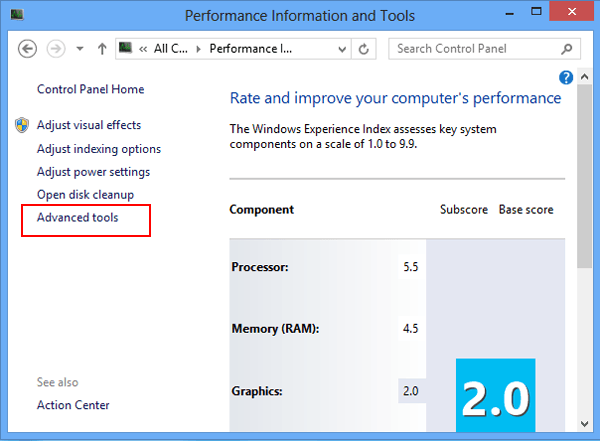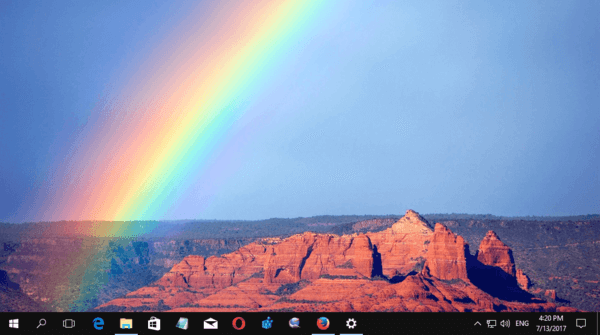

The lighter you make your browser, the more stable and responsive it will be. button under the Advanced tab of the Internet Options menu. Internet Explorer allows users to toggle toolbars and add-ons individually by using the Manage Add-Ons menu, or in one fell swoop by way of the Reset. As a general practice, you should disable any browser add-ons or toolbars that you don’t have a specific need for. It seems that everything from antivirus software to document readers comes with sneaky (and largely unnecessary) toolbars and add-ons, which often slow systems down. Then, click the Defragment and optimize your drives link that appears. To launch this utility, simply go into the Charms Bar, click Search and type Optimize.

Make it a practice to schedule or manually run optimization at least once a month for an easy performance boost. Windows drive optimization rewrites files back into order and restores lost performance. When too much fragmentation occurs, programs and data take longer to load, slowing boot-ups, shutdowns and all points in between. This results in files being “scattered” around the hard drive, because as drive space becomes available in irregular patterns, new files get written in several different physical places on the drive instead of in one contiguous stream. Run the Optimize Drives Utilityĭue to the nature of PCs, files are opened, closed and deleted constantly, both by the user and the operating system itself. Use these tips to help your users realize the full potential of Microsoft's newest operating system.

Now that the dust has started to settle, Windows 8 (and its most recent upgrade, version 8.1) is gaining respect in the enterprise space as more organizations adopt the operating system.


 0 kommentar(er)
0 kommentar(er)
